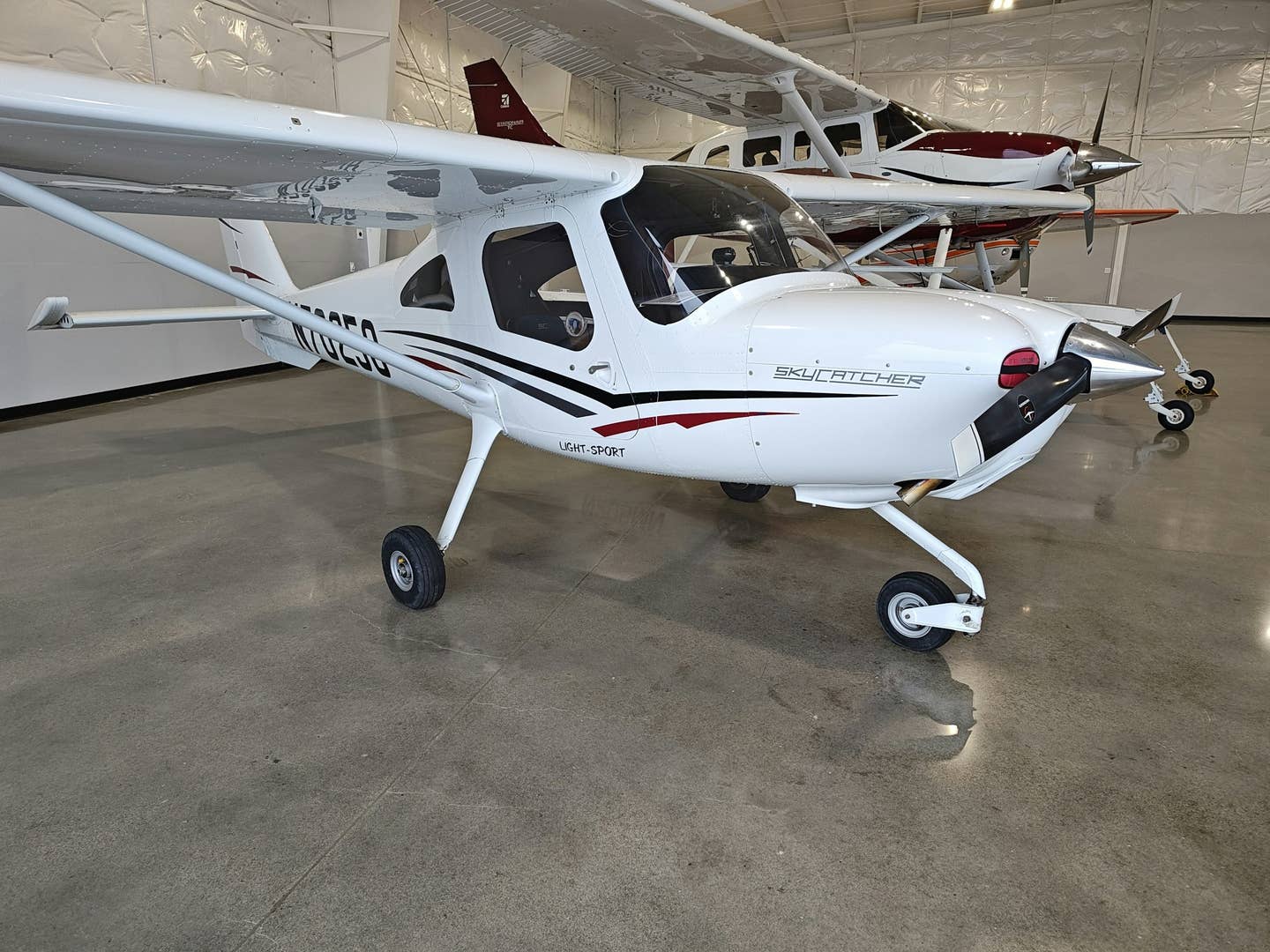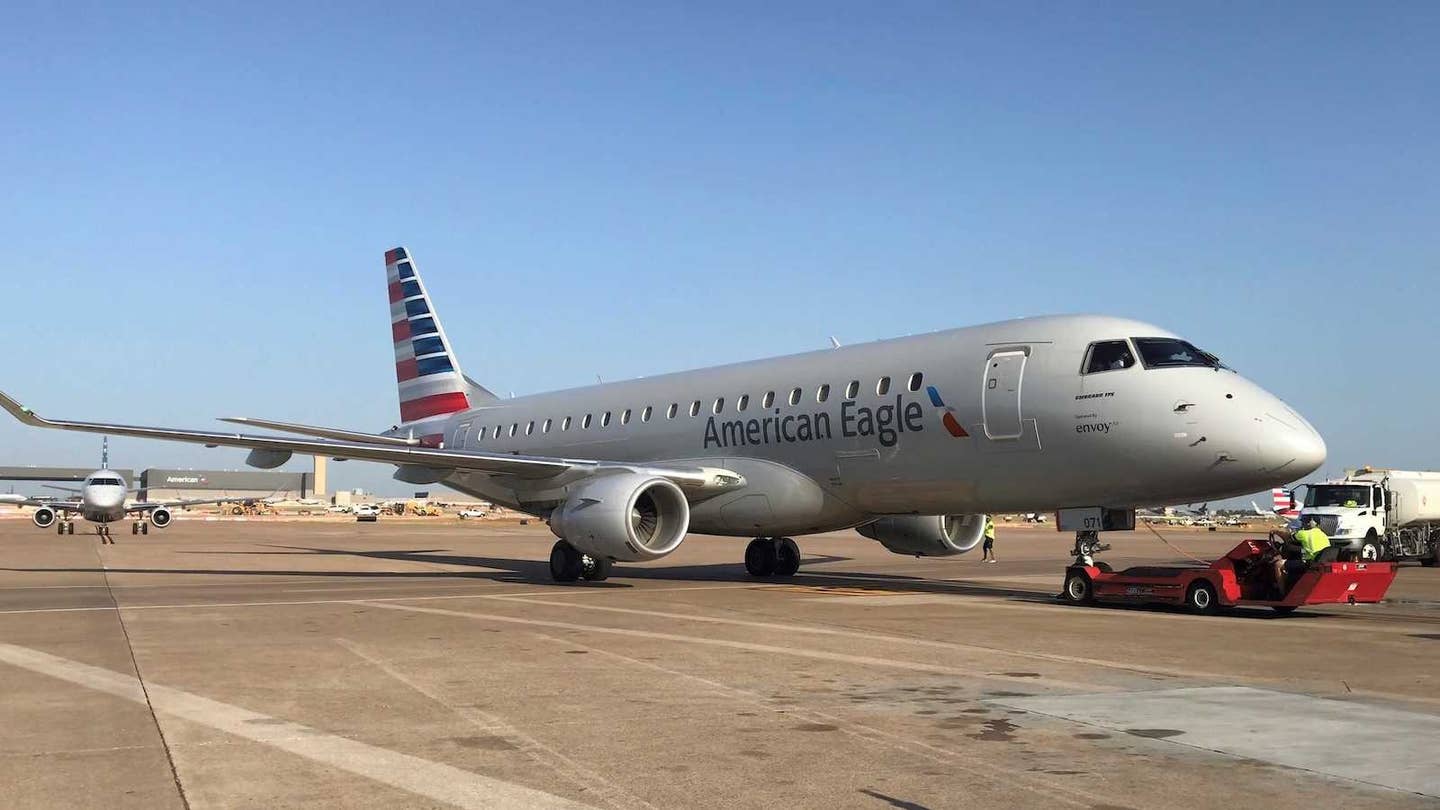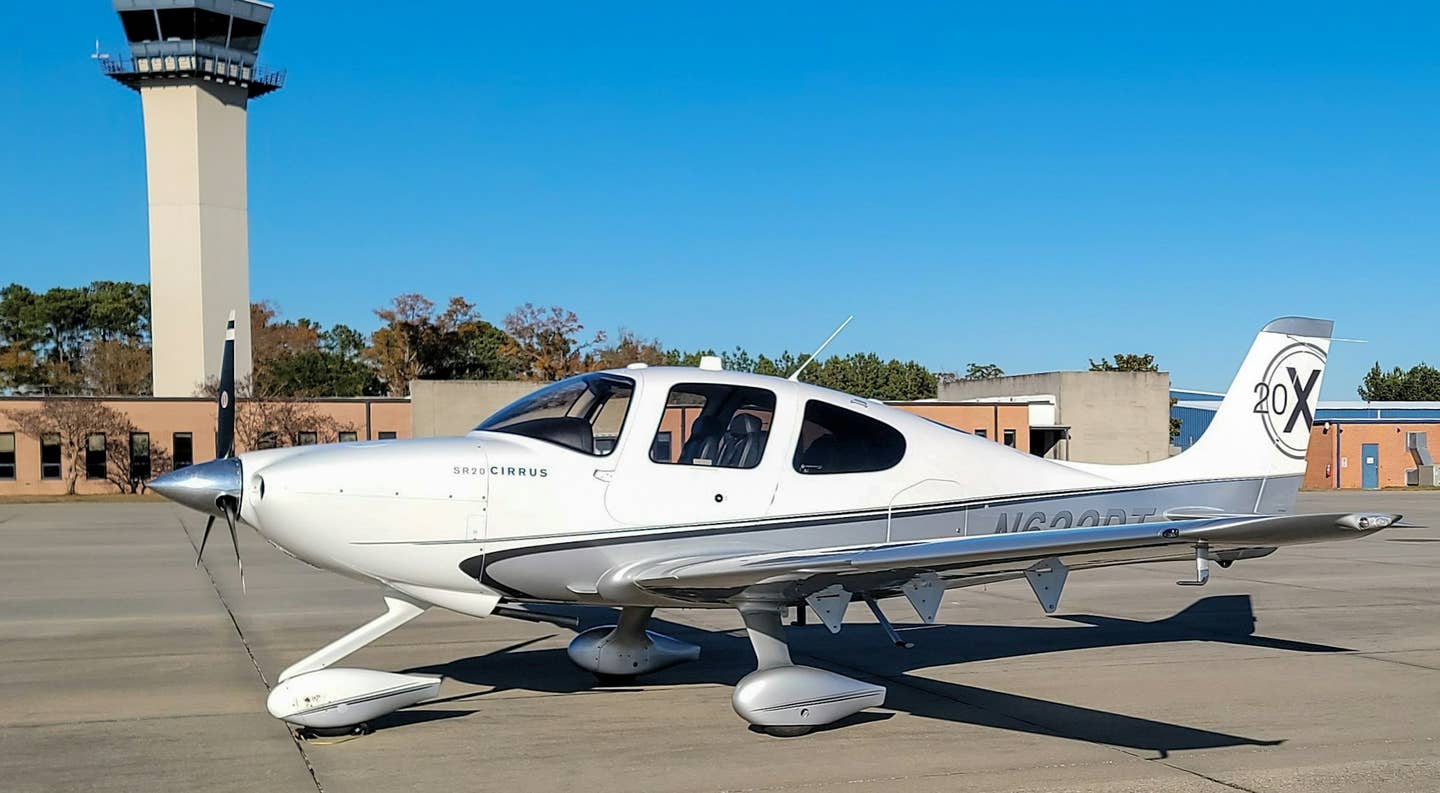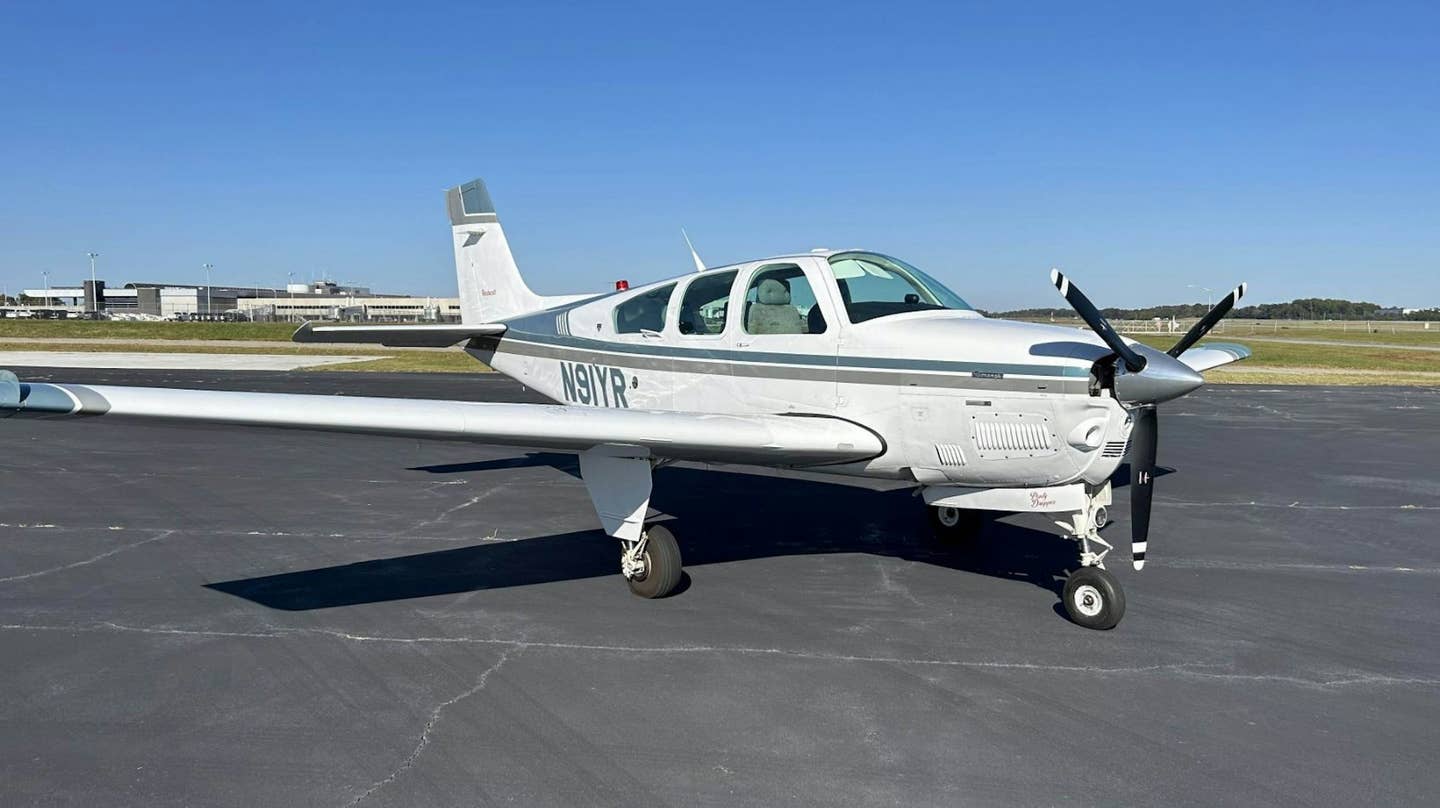
The good, and sometimes bad, news is that the operation and maintenance of aircraft piston engines is very lightly regulated. Unlike for turbine engines, which have extremely detailed operation, maintenance and overhaul procedures as part of their certification, the FAA leaves much of the operation and maintenance details of piston engines to pilots and certified mechanics.
It may seem like the FAA has tons of rules governing piston engines, but the regulations are quite broad. If you don't believe that, just take your airplane to a series of shops and see how different mechanics -- all licensed and experienced -- treat the engine differently. And the same is true for pilots, who all form their own opinions about the optimum way to operate the engine for maximum performance, efficiency and durability.
The varied opinions about how to treat piston engines exist because every method is going to be right sometimes but wrong others. I have more than 10,000 hours flying behind a variety of Lycomings and Continentals and have experienced about every kind of problem except a total loss of power. But then I have had engines fly on flawlessly way beyond TBO. There must be an element of luck involved, along with sound operating procedures.
However, there is one thing the long-lived engines all had in common -- I piled on the hours quickly. For many years I flew 400 or more hours per year covering the far-flung aviation industry, and the engines in my various airplanes loved that kind of use. So if there is one solid piece of advice anybody can give to get the best from a piston engine, it is to fly often and on trips. Engines like nothing better than droning along in cruise with temperatures stable and mixture constant. That's what they are built for.
Any type of engine is designed and built to perform a specific duty cycle. The duty cycle is the engine's typical expected operating range of rpm, power output and so on. For example, a desirable automotive engine must have good acceleration, smooth idle and a broad operating rpm range, and be able to cruise efficiently at relatively small percentages of full power potential. On the other hand, an engine designed for stationary power, such as a generator or pump, doesn't need acceleration, and smooth idle is not important, but it must produce a big chunk of its rated power continuously for long periods.
An airplane piston engine is designed for a duty cycle much more like stationary power than an automotive engine. The aircraft engine must produce large percentages of maximum-rated power for hours on end during cruise flight, while the car engine cruises at a small fraction of maximum power after using higher rpm and torque to accelerate from a stop. Running an automotive engine at 70 to 80 percent of its maximum power continuously would destroy it before long, but that's exactly what the airplane engine is designed to do. And by operating the aircraft engine as designed, you extend its life.
An infrequently used engine suffers from corrosion. As the engine sits, the oil drains off of key steel parts such as camshafts, cylinder walls and valve stems. With the oil gone, it doesn't take long for rust to form. The rust, of course, attacks the ferrous metal parts, and then when the engine is eventually started, the corroded metal surface polishes off as the parts rub against each other, and the debris travels through the engine, causing even more damage.
In addition to flying as frequently and as long as you can, what can a pilot do to extend the life of a piston engine? The most important engine-life component under a pilot's control is the oil.
The oil in an air-cooled aircraft engine is under a great deal more stress than in a modern automotive engine. First, there is the wide operating temperature range of the aircraft engine. While both the car and airplane engine start at ambient temperature, the auto engine temperature tops out not far above 200° F, while the aircraft engine temperature closes in on 500° F. The high temperature in the air-cooled engine shortens the useful life of lubricating oil compared to the relatively sedate conditions in the car engine.
Other design aspects of the aircraft engine also attack the oil. Because the airplane engine functions over such a large range of temperatures, the tolerances must be very loose compared to the car engine to allow for expansion. Those loose tolerances, and high pressures in the cylinders, actually shear, or cut up, the molecules in the oil. Also, the tolerances of the aircraft engine allow combustion byproducts such as carbon to get past the piston rings and into the oil, which eventually contaminates it and reduces its lubrication properties.
Because aircraft engines are so hot and their crankcases are vented to the atmosphere, condensation often forms inside the engine as it cools after shutdown. This moisture ends up in the oil. The moisture gets burned off when the engine is started the next time, but it is there to promote corrosion between flights, another reason to fly frequently.
Oil is also an essential part of the cooling process in an airplane engine. The cooling air flows over the cylinder heads and barrels and does a good job of carrying away heat in those areas. But air can't reach the heart of the engine, where heat forms at bearings, on lifters and in pistons, so it's the function of oil to carry that heat to an external oil cooler, where the heat is transferred to the atmosphere.
So you can see that oil is performing a heroic job of both lubricating and cooling the airplane engine. And under such demands oil doesn't last long, and that's why it is so important to change the oil frequently. Not only is fresh oil more effective at lubricating, the draining of the old oil carries away debris and combustion byproducts it has suspended. When oil darkens with use, you are seeing carbon and other materials it is holding in solution. If not drained out at the proper interval, the bad stuff can fall out of solution and settle in the engine, where it will eventually block oil flow and shorten engine life.
Fifty hours is a commonly recommended oil-change interval, but that must be balanced against calendar time. A conservative routine is to change the oil every four months or 50 hours, whichever comes first. Remember that the oil is being contaminated at least a little by sitting, so you need to get the bad stuff out on a regular schedule.
Which oil to use in your engine is the stuff of endless debate. Some airplane owners and engine shops swear by multiweight oil, while others swear at it. A multiweight oil -- which is the universal oil in the automotive world -- behaves as a lightweight at cold temperatures but retains viscosity when heated to operating temperatures. For example, AeroShell's multiweight is a 15W-50, which means it equals 15-weight oil at cold temperatures but equals 50-weight performance at high temperatures. Phillips X/C and Exxon Elite multiweights are 20W-50.
Phillips was first to develop a multiweight, sometimes called multigrade, oil for aircraft piston engines. The molecules that make a multiweight function are called viscosity improvers (VI), and the molecules are long. Because of their length, the VI molecules are susceptible to shearing under the high loads found in an aircraft engine or a diesel. Phillips chemists worked hard to develop a VI molecule that would withstand the pounding of big diesels, and they succeeded in the late 1970s. At about the same time, Cessna was building piston-powered airplanes in huge numbers, and often an airplane was finished and test-flown in one season of the year but not delivered until the next. What Cessna asked Phillips for was an all-season oil to put in new airplanes so that no matter when the airplane was delivered the oil weight would be correct for the season. That's how X/C oil was born. I was using it with great success in a new Mooney I owned in 1980, when Phillips was still getting its marketing and packaging going, so they supplied it to me in unmarked cans. I have been using multiweight oil ever since.
Multiweight oil is perfect for pilots who travel because you don't need to worry about adjusting the oil weight for the season. You know that the multiweight will flow for a cold start up North and remain viscous when you get to the warm South. Or the other way around. I can understand why a flight school, for example, may use single-weight oil because the airplanes would not travel that far from home and the less expensive single-weight oil could be changed with the season. But for pilots who travel enough to alter their seasonal temperature -- and that's the best reason I can think of for a trip - multiweight makes sense.
The multiweights, led by Exxon, were also first to have corrosion-preventive additives. This additive makes the oil cling to engine parts longer after shutdown. When the oil covers the bare metal, corrosion is resisted. Again, this has been around for a long time in auto oil, but Exxon Elite was first to develop such an additive for aircraft engines, and some other oils now have similar properties.
But there are true experts who say that single-weight oil is superior in some engines, particularly those in high-flying, turbocharged pressurized airplanes. RAM, the company that offers a whole line of conversions for high-performance piston airplanes and specializes in pressurized Cessna twins, has good evidence that single-weight oil makes its engines last longer. RAM demands the single-weight oil be used in its engines, the oil be changed frequently and the engines be preheated in cold weather.
The oil company experts I know can see no reason a single-weight oil would make a high-powered turbocharged engine last longer than a multiweight but RAM is convinced, and its people are convincing. RAM had recommended multiweights in the past, so it has experience with the oil, but for the past several years it has had much better luck with the single-weight oil. I can't argue with its success, but then I have had excellent success with multiweight in my engines.
As for actually operating the engine to gain maximum life, the absolute best advice is to keep the engine as cool as possible. It is a given in turbine engines that every degree of temperature you can keep the engine below its limits adds to engine life. It may not be as direct a correlation in piston engines, but cooler is better. I can assure you that an engine with cylinder head and oil temps always right at the limit has a lower chance of enjoying a long life than one that is operating comfortably below the limit.
The methods to control engine temperature are airspeed, mixture, power setting and, if they are available, cowl flaps. And for turbocharged engines, altitude plays a big role in cooling.
Increased airspeed is an obvious cooling advantage because a greater mass of air is forced over the engine. If the engine is heating up in climb, add airspeed and it will cool down. Also, reducing the throttle means less power is being produced, and thus less heat to dissipate. And cowl flaps increase the outflow of air through the cowling so more air flows over the engine.
Flying at a low altitude also aids engine cooling. This seems backward because air temperature decreases with altitude, so it would seem the cold air of 25,000 feet should cool a piston engine better than the warmer air at 12,000 feet. But the density of the available air is more important to cooling than the actual air temperature because it is the mass, the weight, of the air that absorbs the engine heat. If your turbocharged engine is running too hot, try a lower altitude, where the air is more dense, and you will see cooler operating temperatures.
There is nothing controversial about the above methods to lower engine temps, but when it comes to mixture setting, pilots and experts diverge. Everyone knows that the leaner the fuel-air mixture the higher the temperature of the combustion in the cylinder, which is measured as exhaust gas temp. However, when the exhaust gas temperature (EGT) reaches its peak and the mixture is leaned further, EGT goes down. The lean of peak (LOP) mixture produces less power and thus less heat.
The controversy about LOP operation is about detonation. At some engine temperatures and power settings, a too-lean mixture can detonate, which is to say explode, inside the cylinder instead of burning evenly. Detonation will quickly do dangerous and permanent damage to a piston engine, so the traditional advice has been to keep the mixture safely rich of peak to avoid any possibility of detonation. But in many engines it is completely safe to run LOP at typical cruise power settings. In fact, in the days of the big piston-engine airliners, LOP was typically used in cruise, though there were also cockpit instruments designed to warn of the onset of detonation.
I'm not taking sides on the LOP question. If your airplane manual or the documents that accompany any STC engine modifications say LOP is approved, I have no problem flying the engine that way. The crossflow head engines in the Continental 550 family are particularly happy at LOP.
However, some engines just don't sound smooth at LOP. They stumble or shake more at that setting, and that tells me they aren't happy even if the procedure is approved. I want the engine to sound smooth and happy, so if it's not when at LOP, I put in the extra fuel. And, of course, at power settings above cruise, the engine should always be well rich of peak.
In Continental's computer-controlled engines (fadec), the computer has control of the precise mixture in each cylinder individually and sets it at LOP for cruise power, but as soon as you advance the throttle past cruise, the computer switches back to rich of peak. For pilots who want the extra power of rich of peak operation, that mode could be selected on the fadec control. Continental engineers were fine with LOP under certain cruise conditions, and that is what they programmed into the fadec computer.
A piston engine typically makes the most cruise power with the mixture set about 150° F rich of peak. However, for takeoff and initial climb, the mixture should be even richer to maintain the greatest defense against detonation. The fuel systems are set up to deliver that detonation margin at lower-elevation airports, but when the airport is high and the temperature hot, the pilot has to lean the mixture on takeoff to produce maximum power. The standard advice in that situation is to lean enough for smoothness, or for maximum rpm with a fixed-pitch prop.
Of course, you can see detailed information on the performance of your engine with the analyzers built into the integrated glass cockpit systems that show cylinder head temps and EGTs for each cylinder. Most have some sort of automatic lean-find that annunciates the first cylinder to reach peak EGT. And there are several engine analyzer systems that do the same thing and can be installed in any existing airplane. I think the best feature of the advanced engine instruments is to spot trends more than to note absolute values. Before long you will see a distinctive pattern of temperatures that is normal, so it becomes easy to spot a change. Cylinder temps and EGT- changes can signal a problem with fuel delivery or ignition system function. It's unlikely that you will see useful early warning of a catastrophic engine failure such as a connecting rod or crankshaft breaking, but the engine analyzers can help you spot more minor problems. That troubleshooting can save time, and thus money, when you get to the shop.

Sign-up for newsletters & special offers!
Get the latest FLYING stories & special offers delivered directly to your inbox






